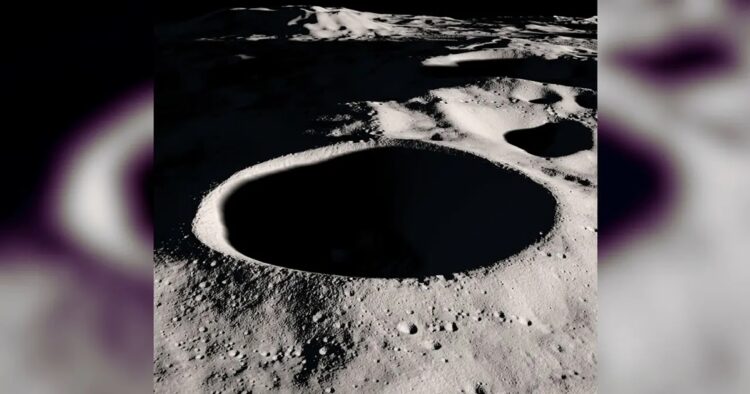ISRO’s Space Applications Centre (SAC) has disclosed the possibility of water ice occurrence in the polar craters of the Moon, according to a research study. The SAC carried out the study in collaboration with researchers at IIT Kanpur, University of Southern California, Jet Propulsion Laboratory and IIT (ISM) Dhanbad.
Published in the Journal International Society for Photogrammetry and Remote Sensing, the study uncovered that the amount of subsurface ice in the first couple of metres is about five to eight times larger than the one at the surface in both poles.
The study will highly influence the future lunar missions and has significant implications for long-term human presence on the Moon. The ISRO said, ‘Moreover, the study also suggests that the extent of water ice in the northern polar region is twice that in the southern polar region’.
The research confirmed about the origin of the ice that the primary source of subsurface water ice in the lunar poles is outgassing during volcanism in the Imbrian period. The study further highlighted that water distribution on lunar poles is steered through Mare volcanism and preferential impact cratering.
Seven instruments were used for the study including radar, laser, optical, neuron spectrometer, ultra-violet spectrometer, and thermal radiometer onboard the Lunar Reconnaissance Orbiter to understand the origin and distribution of water ice on the Moon.

















Comments